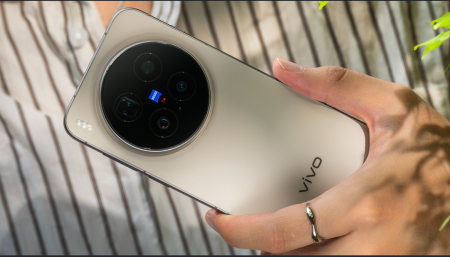Visitors to Seattle’s Museum of Flight will have the unique opportunity to step into a futuristic space habitat with the arrival of TESSERAE, a life-size space station module. The dome pavilion, measuring 20 feet high by 24 feet wide, will open in the museum’s “Home Beyond Earth” exhibit on Sept. 28. Created by the Aurelia Institute based in Cambridge, Mass., TESSERAE is a self-assembling space habitat concept designed to expand living and working spaces in orbit beyond the traditional cylindrical tubes of space flight.
The structure of TESSERAE consists of hexagonal and pentagonal tiles that are electromagnetically connected. These tiles can be flat-packed for launch and autonomously assembled in space. The platform is designed to be modular and customizable, allowing for interior living space that is optimized for comfort and community rather than just basic survival. The exhibit will showcase the importance of food and communal dining in space, featuring the “Green Vault” aeroponics system for growing fresh produce in microgravity, as well as a functional zero-gravity sous vide cooker and fermentation orbs for food preparation.
In addition to highlighting food and communal aspects of space living, TESSERAE also showcases storage solutions inspired by nature. Algae-filled panels that resemble stained glass demonstrate a potential method for generating breathable air in a space habitat. Sea anemone-inspired inflatables and hand-knotted nets provide functional and aesthetically pleasing solutions for moving and relaxing in zero gravity. The exhibit aims to give visitors a glimpse into the challenges and creative solutions involved in living and working in space.
The “Home Beyond Earth” exhibit at the Museum of Flight offers an immersive experience in three galleries, focusing on the past, present, and future of space stations and living in orbit around Earth. With over fifty artifacts, models, space-flown objects, and uniforms on display, visitors can explore the evolution of human habitation in space. TESSERAE will be one of the main attractions in the exhibit, showcasing cutting-edge technology and design concepts for future space habitats.
TESSERAE will be open for public viewing in the museum’s Great Gallery until Jan. 12. This unique exhibit will provide visitors with a hands-on experience of what a futuristic space habitat could look like, featuring innovative design elements and creative solutions for living in space. By highlighting the importance of food, communal living, and creative storage solutions, TESSERAE offers a glimpse into the potential future of human habitation in orbit. The exhibit promises to be an educational and inspiring experience for visitors of all ages.












